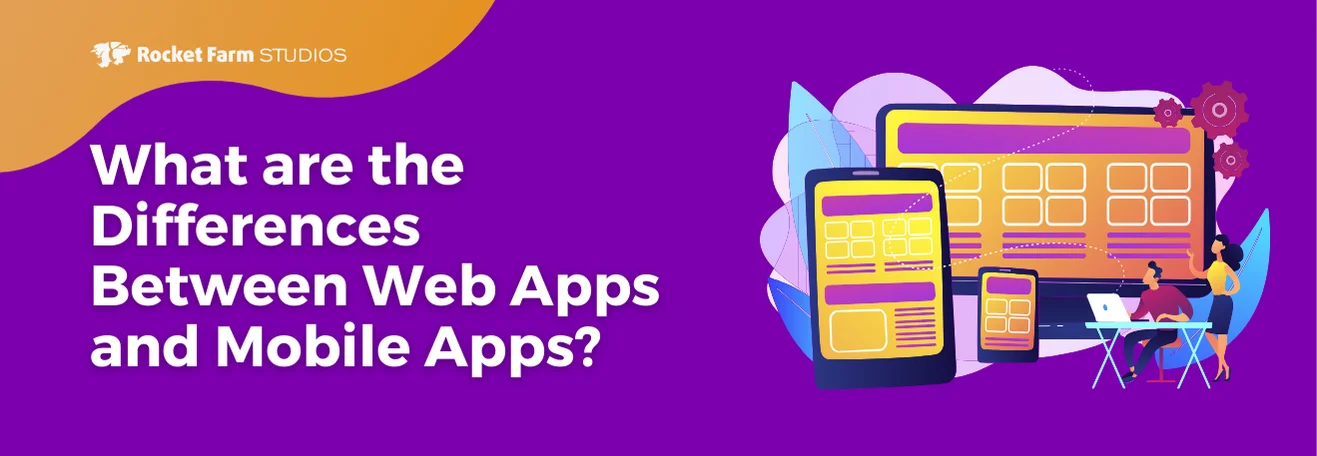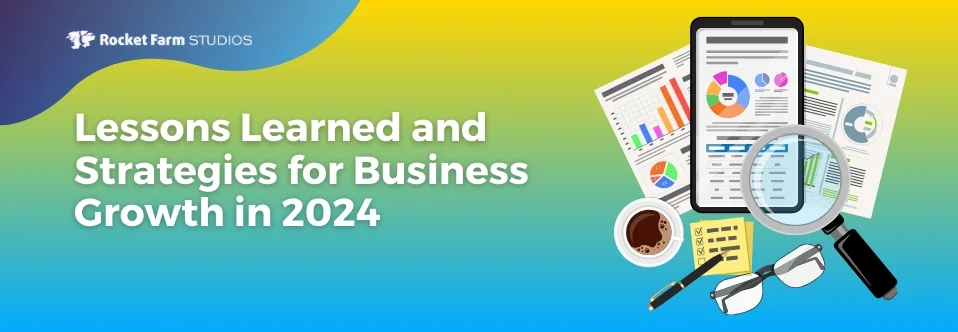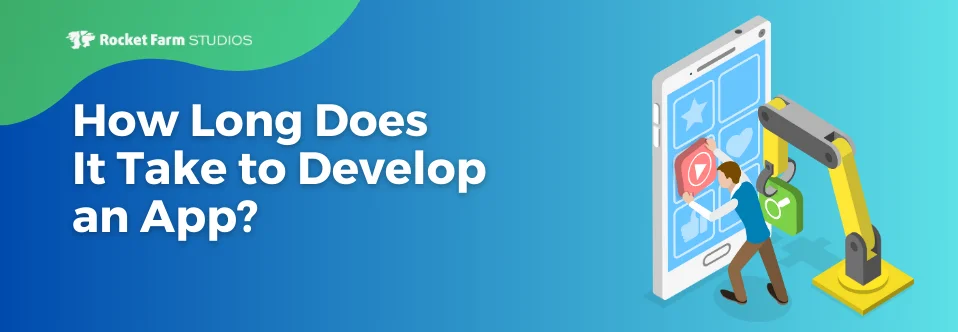
This is a guest blog post from Co-Founder and CEO of Gummicube, Dave Bell.
You’ve developed an amazing mobile app with Rocket Farm and now you need users. You could plan to promote to your email lists and on social channels. You could have a landing page and links to your app and landing page on your website.
You should do all these things, but your investment in mobile requires users.
Acquiring new users for your mobile app starts with optimizing the app store listing for visibility and conversion. The on-going optimization of an app listing is app store optimization or ASO.
Here are 4 ASO tips to optimize your mobile app listing for the greatest visibility.
Build a Keyword Matrix
80% of app store search is 2+ word phrases for features. The balance of app store search is generally for brands.
For example, “emoji messenger app” is a multi-word, feature-based search phrase while “Facebook messenger” is a branded search.
App store search is people looking for apps with specific feature sets; A solution to a specific need or problem.
Start to build a list of 2-3 word phrases focusing on your app’s most defining, unique, essential or differentiating features.
The goal is to create a matrix of keywords that covers as many relevant search terms as possible. You want to blanket relevant search terms, where your app is highly or even the most relevant result.
The App Name
The app name may be the most important part of your app listing.
Apple and Google both use the app name for indexing your app. The name should include what you think is most important about your app.
But the app name is not just used by some app store algorithm for figuring out what your app is about.
The app name, along with your icon, provides the first impressions to the market place.
Potential users searching through the app stores should be able to determine instantly what your app is and does.
If users can’t tell what your app does, they are likely to move on to an app that more clearly solves their problem.
Apple provides 255 characters for your app’s title while Google Play only 30 characters.
Use this space provided to clearly describe to the user what the app does.
The recommended approach for Apple listings is:
“App Name – keyword rich tagline”,
or
“App Name – Feature #1, Feature #2”
Avoid the temptation of stuffing features and keywords into your title. Not only do keyword stuffed titles look bad, but Apple can also reject a title they feel is abusing the 255 character space.
Google recommends “brand name + key function”.
Ask a Focus Group
The better the visibility an app has in the app stores, the more opportunity there is in optimizing the app for conversion.
The icon and screenshots play a large role in converting app store views into installs and users.
The very best way to optimize these creative elements before an app goes live is by asking your target audience.
Test creative elements in a focus group. With enough responses from users in your target audience, you can get the best prediction of which elements are likely to see the greatest conversion rates in the app stores.
Alternatives include polling an email list, or running different ads to different landing pages.
Use App Store Search Data
Having an app store intelligence tool to help build a matrix of relevant keywords can be valuable.
But the data matters too. How you build the target list and from which data (Web vs. Mobile) you use determines if you are creating a keyword matrix for the wrong targeted search terms.
Creating a strong keyword matrix, and adding the most important and differentiating features to your app name requires knowing how your target audience is searching the app stores.
How people search the Web is different than how they search the app stores.
How are they referring to specific features? What words are they using to define and describe the solutions they seek?
Using mobile app store data, marketers can position their app in a language that tells potential users “We have an immediate solution to your problem, or information for your query” with the words they’re using.
For new mobile user acquisition, you start with a great app and you maximize the visibility of your app and optimize for conversions.
The promise of app store optimization is increased app visibility in the app stores, and higher conversion rates from a targeted audience.
Know how to promote your app for success by implementing these tips for an optimized app store listing.
For more information on optimization, from best practices, how to guides and to even demo app store marketing software, visit Gummicube.com.
Dave Bell is the Co-Founder and Chief Executive Officer of Gummicube. In this role, Dave is responsible for overseeing the business strategy for the company, driving growth and market development. Dave is a pioneer of the mobile entertainment industry with more than 15 years of experience publishing, marketing and distributing mobile applications and games across carrier, direct to consumer and app store channels.












